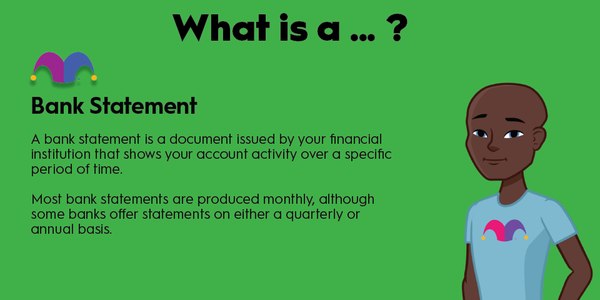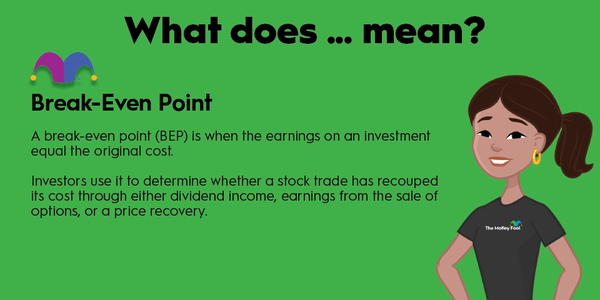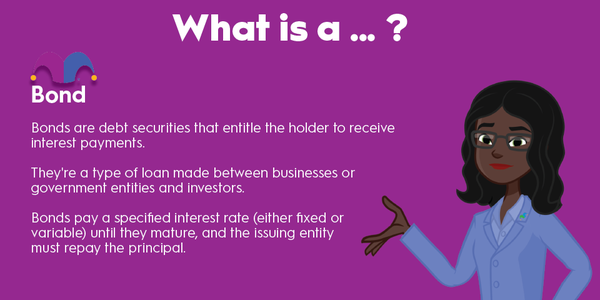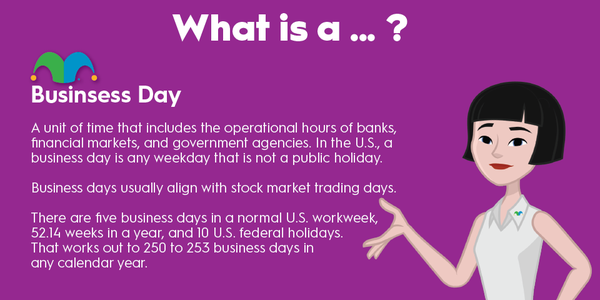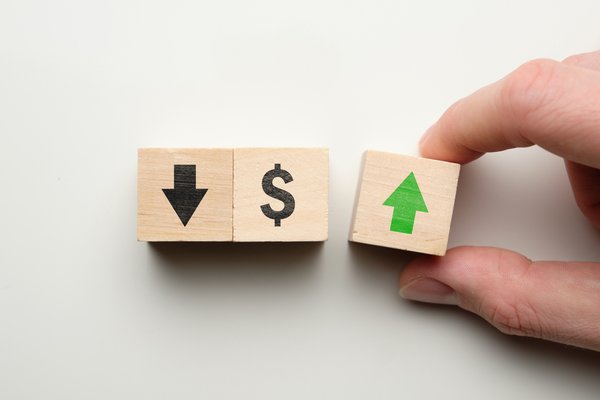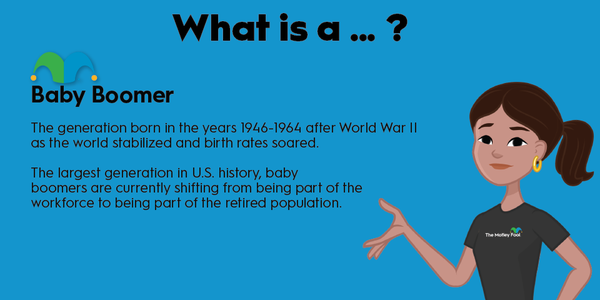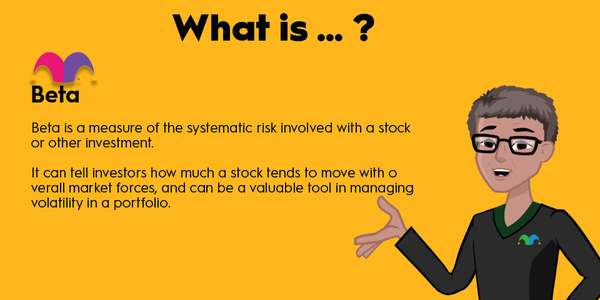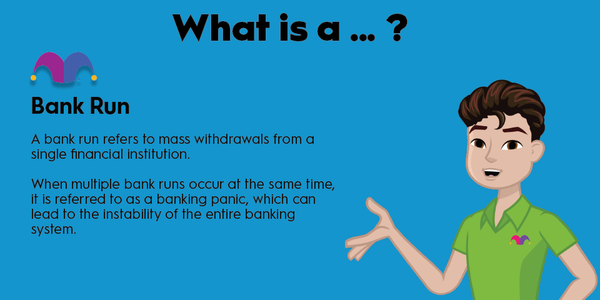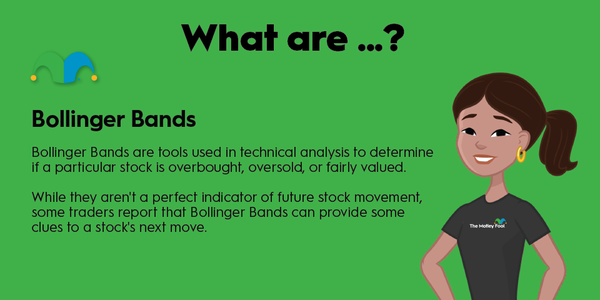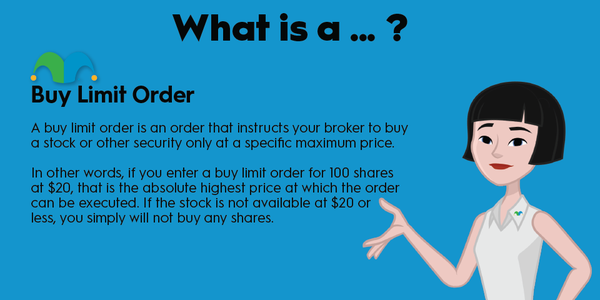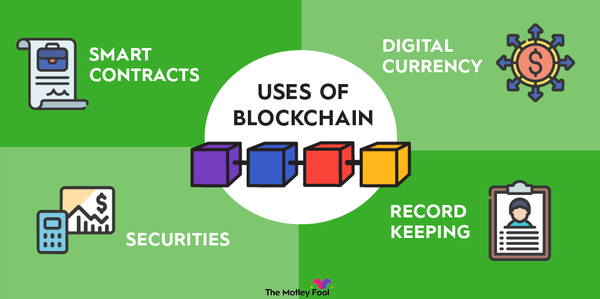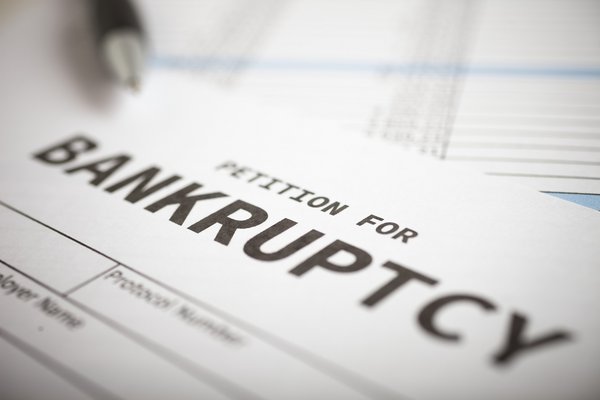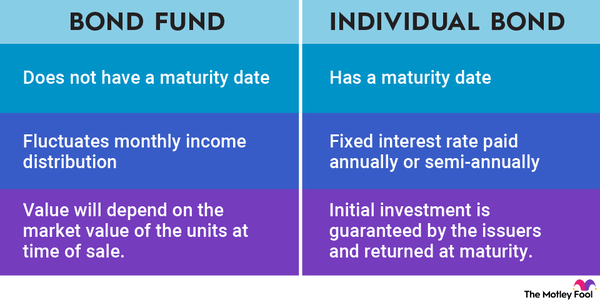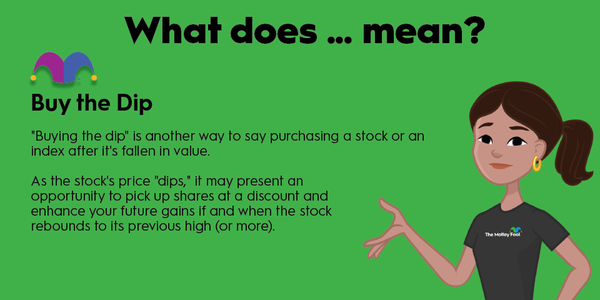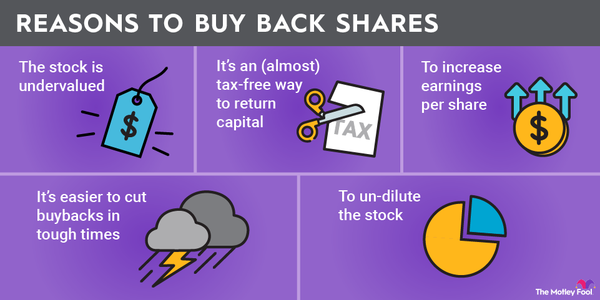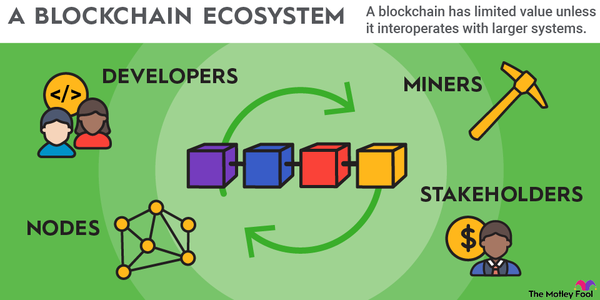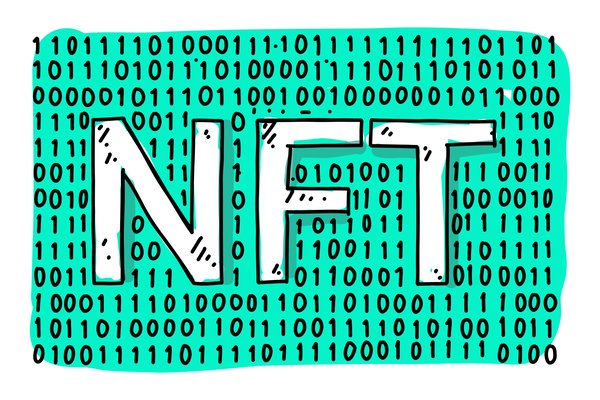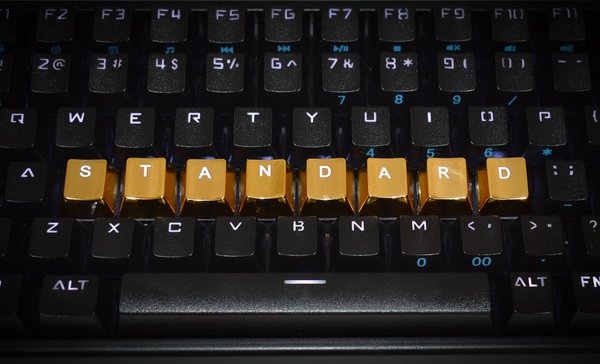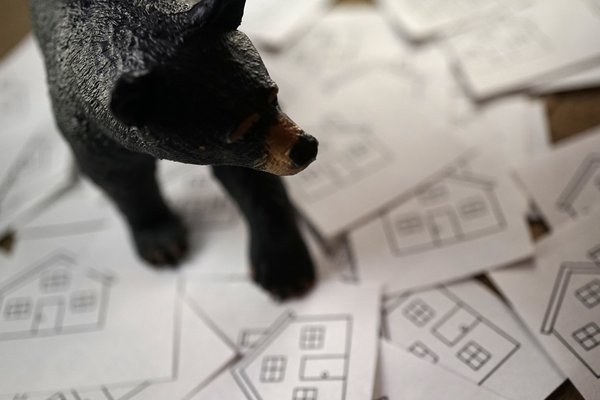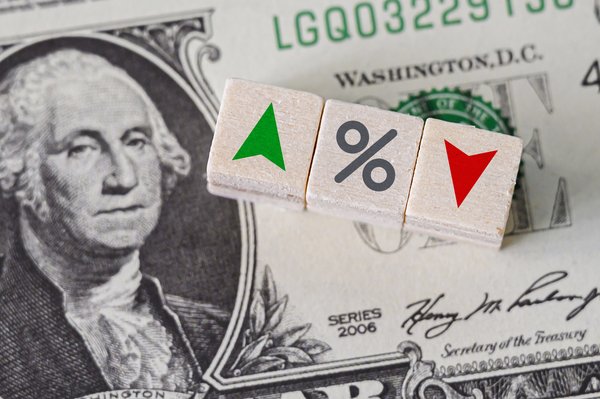Cryptocurrency enthusiasts have a lot of different options to choose between when they're looking at cryptos. It's important to understand the technology behind your choices, though, so you can best evaluate the potential for your coin or token. One such innovation is called Blockweave, and it's really interesting when it comes to storage.

What is Blockweave?
What is Blockweave?
Blockweave is a specific data storage protocol developed for the Arweave cryptocurrency token (AR -6.61%). Blockweave has a specific consensus mechanism called "proof-of-access" that determines what data can be replicated and by whom. Blockweave miners must be able to recall specific blocks in the Blockweave history to interact with it.
Unlike a traditional blockchain, where each entry in the ledger is linked to the one before it, Blockweave links to both the entry before it and a randomly selected previous block in the system, "weaving" the data together. This is meant to incentivize miners to store more data locally and for much longer, ensuring a long storage life for users as well.
How it's used
What is Blockweave used for?
Blockweave is meant to be a large-capacity storage system that can hold anything digital that you might want to store. It's especially good for large information chains since its main goal is to make long-term decentralized data storage less expensive.
Because copies of Blockweave data are stored across a variety of computers across the globe -- just like with other types of blockchain protocols -- it's very difficult to delete anything from the system, securing the future of your data for as long as the protocol exists.
How it works
How does Blockweave work?
Traditional blockchain protocols use either "proof-of-work" or "proof-of-stake" mechanisms to verify that an entry into the blockchain is legitimate and accurate. Proof of work adds blocks to the blockchain when crypto miners provide evidence to the particular network that they have expended a certain level of computational energy by un-encrypting encrypted data (known as "solving a hash"), thwarting bad actors who would presumably not put in this level of effort.
Instead of expending a great deal of computational power, proof-of-stake operators, commonly called validators, must buy their place in the blockchain verification protocol with tokens of the system they're using. They also expend computational power. But by simply verifying their ownership stake to prove they're legitimate block creators, they can skip a lot of the effort and save electricity.
The goals of both are the same: to verify data and add it to the blockchain ledger.
Blockweave works on a different consensus mechanism altogether, although it also aims to verify data and add it to the Blockweave. With Blockweave, proof of access proves that the miner has stored a considerable portion of the ledger on their local system and is able to retrieve random blocks called "recall blocks" to validate the information. It can be considered a type of proof of work but with a specific and substantial difference.
Related investing topics
Blockweave vs. blockchain
Blockweave versus blockchain
Blockweave is a type of blockchain but with a twist. In a traditional blockchain ledger, data is stored sequentially. That is, each bit of data is stored one after the other, linked together like the links in a chain by encryption codes. So, if you were storing entries about who owned a particular house over time in a blockchain system, for example, the most recent owner would be at the end of the chain, connected to the person they bought it from, and so forth, back to the beginning of the records for that property.
In a Blockweave, this same chaining happens, but the new bit of data is also connected to a random piece of data somewhere else in the dataset. That's the "weave" part, if you will. The random data block is used to help verify that the computer adding the new data block is a legitimate block creator and that the new data is legitimate.
It's important to note that Blockweave is specifically used by the crypto token Arweave; blockchain is behind most cryptocurrencies and tokens available today.


